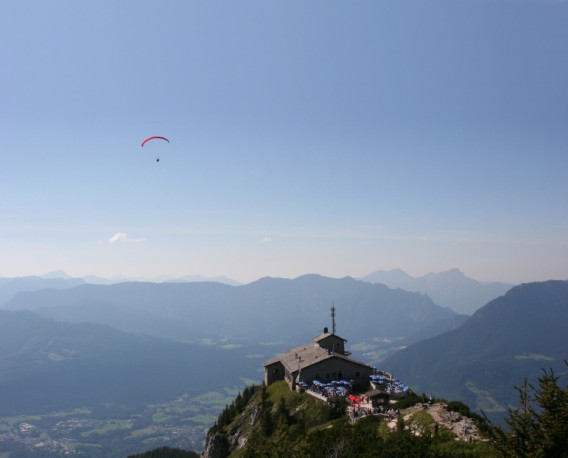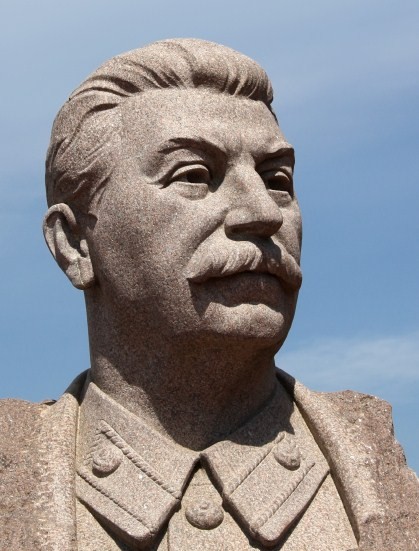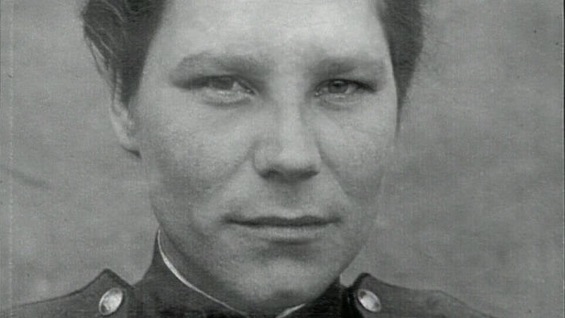
The ‘Eagle’s nest’ – Hitler’s tea-house perched on top of the Kehlstein mountain.
I was recently on a research trip to Germany and took a few hours out to visit the ‘Eagle’s nest’ – the tea house built on the top of the Kehlstein mountain overlooking Berchtesgaden in Southern Bavaria. Hitler loved this area and built his own home – the Berghof – lower down on the slopes of the Obersalzberg.
Martin Bormann, Hitler’s slavish, self-serving secretary, conceived the tea-house as a 50th birthday present for his Boss. And, without question, considerable engineering challenges had to be overcome in its construction. A road had to be cut alongside the steep slopes of the Kehlstein and, just below the tea-house, a tunnel was dug into the mountain and a lift constructed to take guests up the final few metres.
The tea-house was finished, ahead of schedule, in 1938 and then handed over to Hitler on his 50th birthday on 20 April 1939. Bormann often visited his creation atop the Kehlstein – as did Hitler’s girl friend Eva Braun and Joseph Goebbels, the Nazi propaganda minister. But what was a bit of an embarassment for Bormann was that the one person he wanted to impress – Adolf Hitler – didn’t seem to want to use the place at all. In fact, he visited the tea house only about a dozen times and never stayed for long.
The ‘Kehlsteinhaus’, the tea house atop the Kehlstein (or the ‘Eagle’s nest’ as we know it in the English language) is thus a prime example of the difficulty of buying presents for a dictator. What do you give a megalomanic tyrant who already can have pretty much anything he wants?
Bormann’s mistake was in extrapolating out from a few particulars a general view about Hitler’s personality. Yes, Hitler liked the mountains, yes, he liked taking tea, but that didn’t mean he would like a tea-house on top of an Alp.
Hitler’s affection for the Obersalzberg was actually a sign of his deeply provincial and bourgeois taste. Lots of people like walking in the mountains and taking tea – but they don’t want a wacko building like the Kehlsteinhaus which you can only reach by car and lift and makes you feel a bit weird when you are in it.
Then, I got to thinking when I was in the Kehlsteinhaus myself, this place is somehow too conventionally megalomanical for Hitler. He would have seen it as too obvious a statement of power – a bit too ‘Mad King Ludwig’ of Bavaria. And – ultimately – Hitler was much, much stranger and less predictable than that.
 Twitter
Twitter







